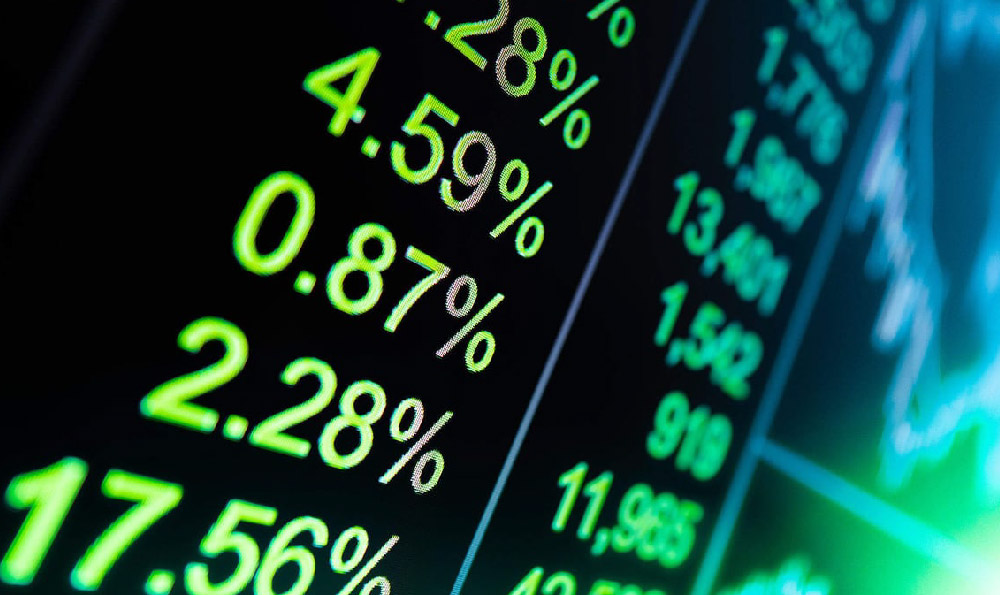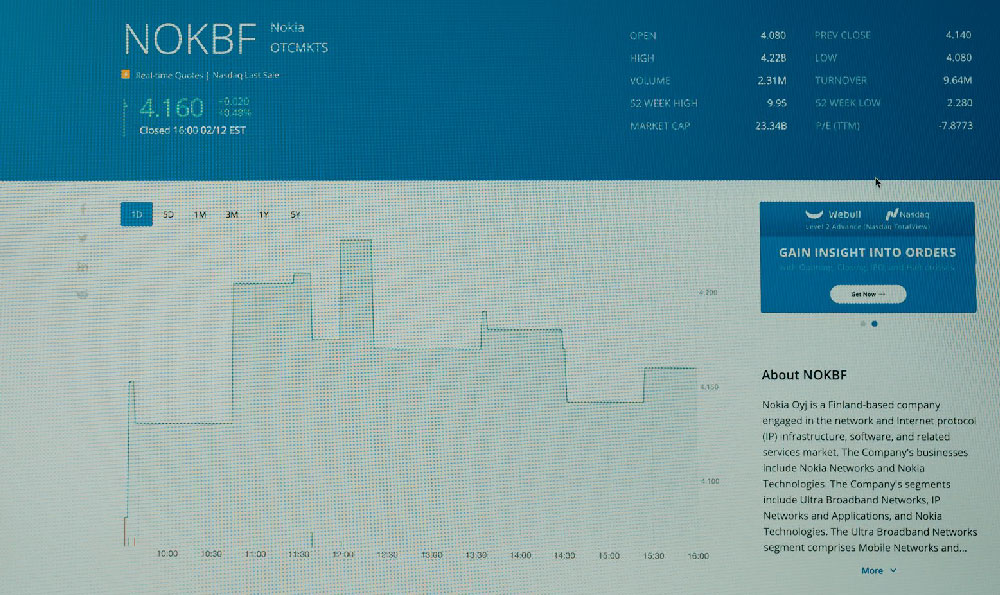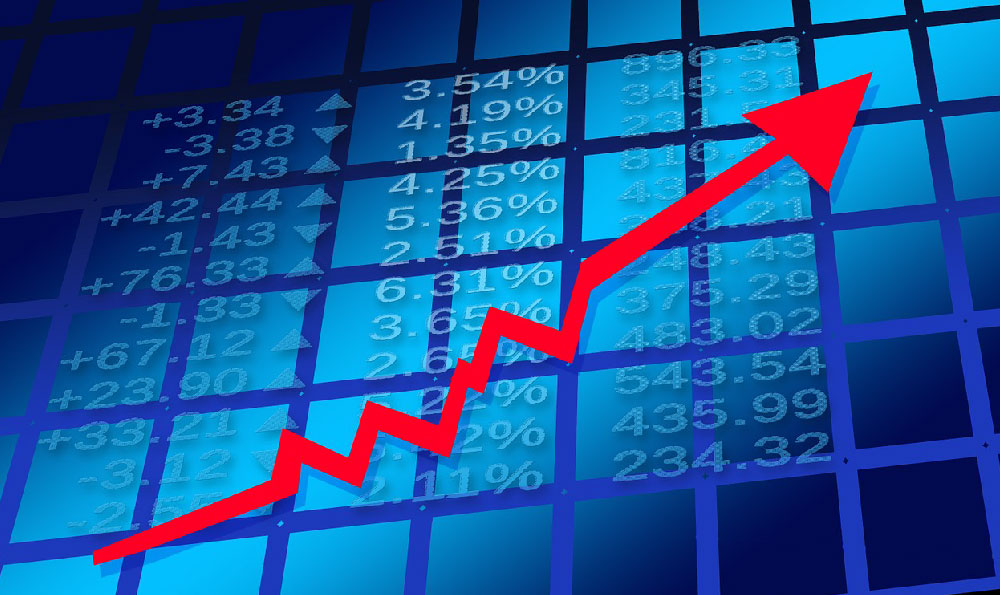
Futures trading, a dynamic and often intimidating arena, presents the potential for significant profits but also carries substantial risk. Estimating potential earnings and navigating the intricacies of this market requires a deep understanding of its mechanisms, strategies, and risk management principles. There's no guaranteed return, and the amount you can potentially make depends on a complex interplay of factors.
One of the primary drivers of profitability is capital allocation. The more capital you deploy, the greater the potential for gains, but equally, the greater the potential for losses. Futures contracts leverage a margin system, meaning you only need to deposit a fraction of the contract's total value as collateral. This leverage can amplify both profits and losses exponentially. For example, a $5,000 account controlling $50,000 worth of crude oil futures can generate substantial returns on a small price movement, but even a small adverse price change can quickly erode the account's equity. Therefore, prudent risk management dictates allocating only a small percentage of your overall capital to any single trade. Experts often recommend risking no more than 1-2% of your trading capital on any given trade. This allows for inevitable losing trades and prevents catastrophic losses from wiping out your account.
Another critical determinant is the choice of trading strategy. Numerous strategies exist, ranging from scalping and day trading to swing trading and position trading. Scalping involves making numerous small trades throughout the day, capitalizing on fleeting price discrepancies. Day trading focuses on holding positions for only a portion of the day, avoiding overnight risk. Swing trading aims to capture larger price swings over several days or weeks, while position trading involves holding positions for extended periods, often months, to profit from longer-term trends. The most suitable strategy depends on your risk tolerance, time commitment, and market knowledge. Developing a well-defined and consistently applied strategy is crucial for success. This includes clearly defined entry and exit rules, as well as a plan for managing risk in different market conditions. Backtesting your strategy using historical data can help assess its potential performance and identify its weaknesses.

Market selection also plays a vital role. Different futures markets exhibit varying levels of volatility, liquidity, and correlation. Highly volatile markets can offer greater profit opportunities but also carry higher risk. Liquid markets ensure that you can easily enter and exit positions without significantly impacting the price. Understanding the fundamental factors driving each market is essential for making informed trading decisions. For instance, trading agricultural futures requires knowledge of weather patterns, crop yields, and global supply and demand dynamics. Trading energy futures necessitates understanding geopolitical events, production levels, and economic growth forecasts. Diversifying across multiple markets can help mitigate risk and improve overall portfolio performance. However, it's crucial to focus on markets you understand well rather than spreading yourself too thin.
Beyond these factors, psychological discipline is paramount. Futures trading can be emotionally challenging, and impulsive decisions driven by fear or greed can lead to significant losses. Developing a strong mental game involves adhering to your trading plan, managing emotions effectively, and learning from both winning and losing trades. Keeping a trading journal to track your trades, analyze your decision-making process, and identify patterns can be invaluable for improving your performance. Furthermore, continuously educating yourself about market dynamics, trading strategies, and risk management techniques is crucial for staying ahead of the curve. The futures market is constantly evolving, and successful traders are those who are willing to adapt and learn.
To translate these principles into tangible earnings, consider a hypothetical scenario. Imagine a trader with a $20,000 account employing a swing trading strategy on the E-mini S&P 500 futures contract. They risk 1% of their capital per trade, or $200. If they average 2 winning trades for every losing trade, with an average profit of $400 per winning trade and an average loss of $200 per losing trade, their expected profit per trade is $200. If they make 10 trades per month, their potential monthly profit would be $2,000, representing a 10% return on their initial capital. However, this is a simplified example, and actual results can vary significantly depending on market conditions, trading skill, and risk management effectiveness.
Importantly, professional futures traders often emphasize risk-adjusted returns rather than absolute profits. A high return with excessive risk is unsustainable in the long run. The goal is to achieve a consistent and profitable track record while managing risk effectively. This involves using stop-loss orders to limit potential losses, diversifying across multiple markets, and continuously monitoring your portfolio's risk exposure.
In conclusion, the potential earnings from futures trading are highly variable and depend on a multitude of factors, including capital allocation, trading strategy, market selection, psychological discipline, and risk management. There's no magic formula for guaranteed profits, and consistent success requires dedication, hard work, and a commitment to continuous learning. Before venturing into futures trading, it's crucial to thoroughly understand the risks involved and to develop a comprehensive trading plan that aligns with your risk tolerance, financial goals, and time commitment. Starting with a demo account to practice and refine your skills is highly recommended before risking real capital. Ultimately, successful futures trading is a marathon, not a sprint, and requires patience, discipline, and a long-term perspective.





